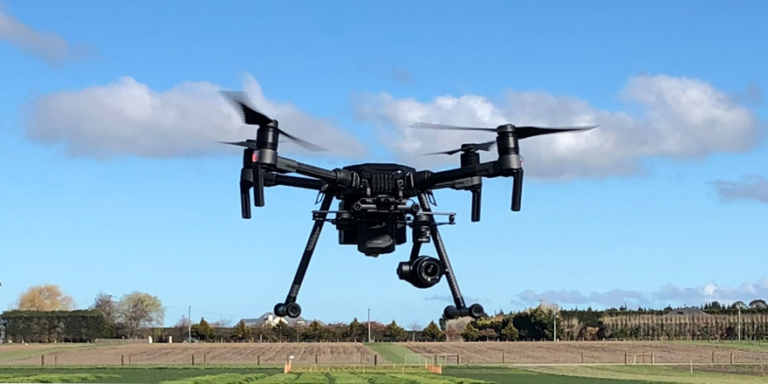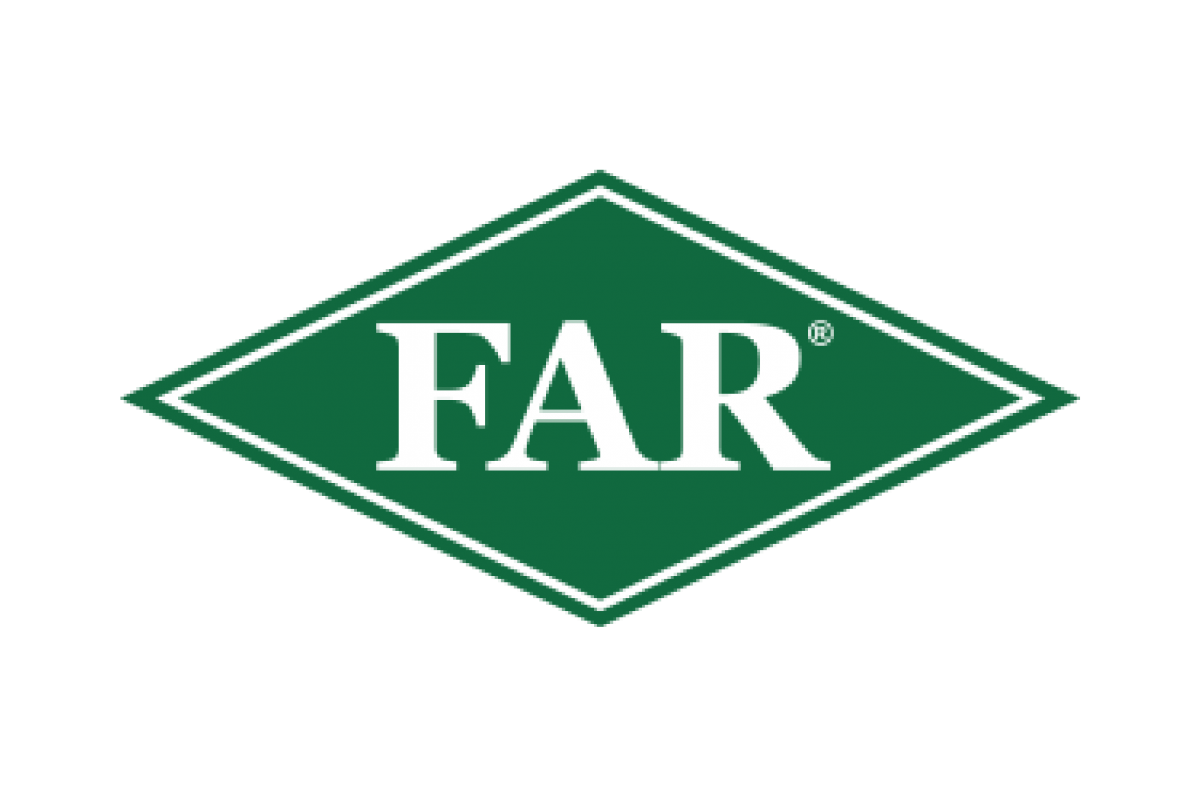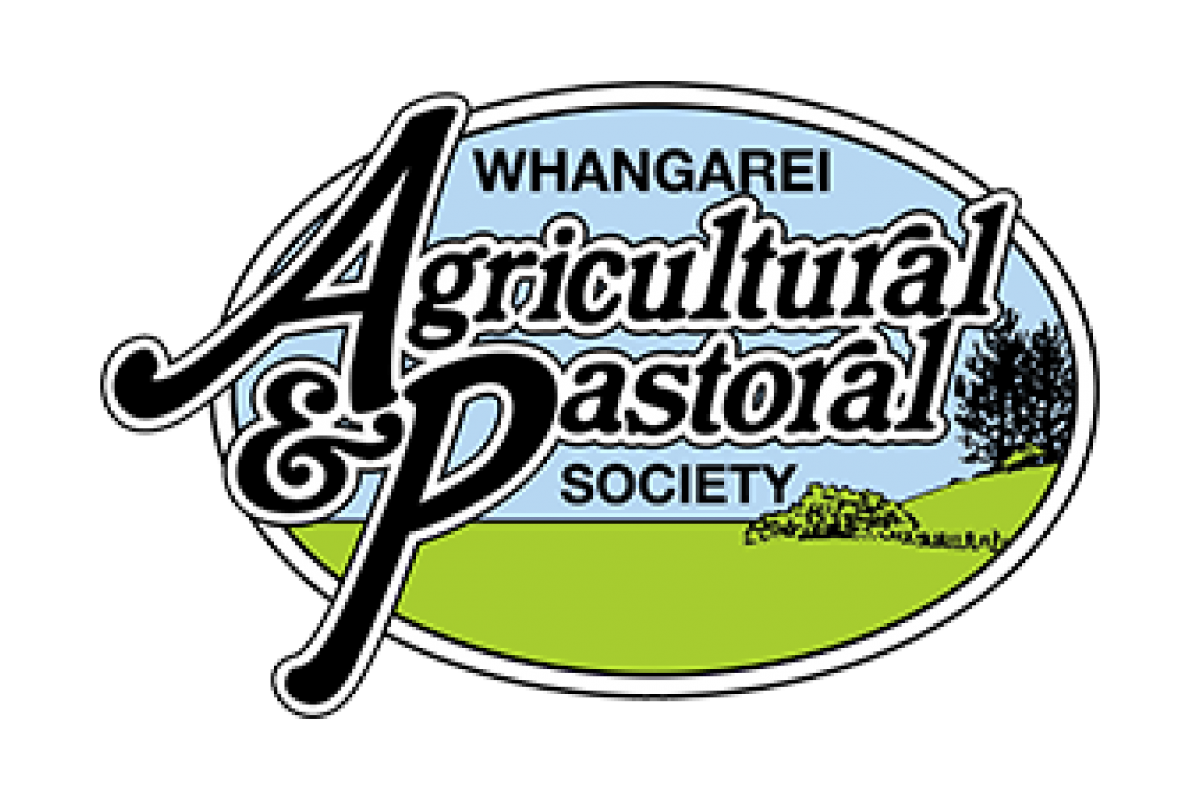
Current Lean production tool use in arable crop production.
The New Zealand arable industry is faced with an ever-increasing problem of maintaining a competitive and profitable advantage, that still provides for its consumers. These challenges are compounded by increasing environmental compliance. Lean theory offers an ever-evolving group of practices, both theoretical and managerial, that create a problem-solving culture, that could help the New Zealand arable industry face these challenges.











































